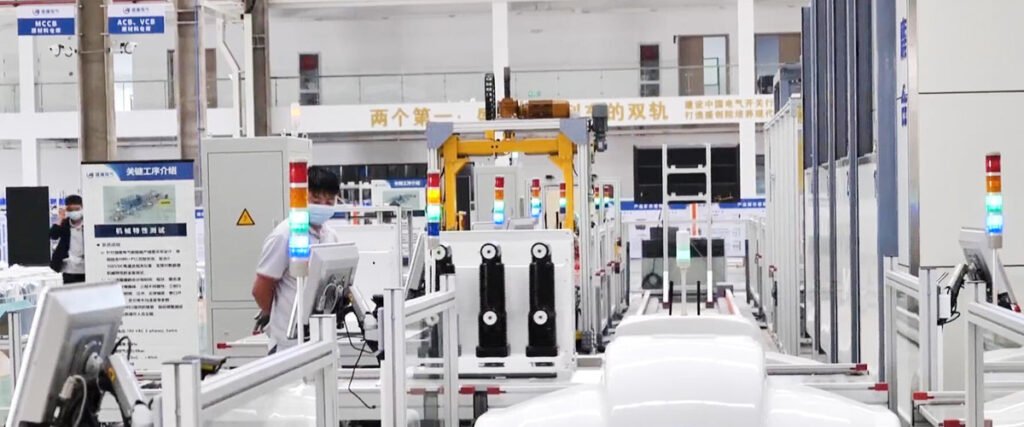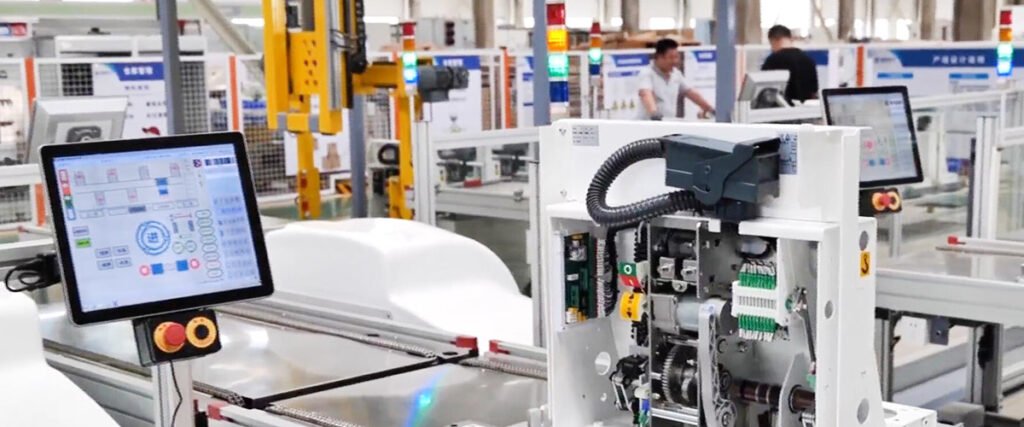Technical points for assembly and testing of vacuum circuit breakers


The assembly testing of vacuum circuit breakers is a crucial step to ensure their performance and reliability. Here are some key technical points for the assembly testing of vacuum circuit breakers:
- Preparation Before Testing
- Identify the test items to ensure that no necessary tests are omitted.
- Understand the site test conditions and prepare the required cooperative work.
- Organize personnel to study the job instruction manual to ensure everyone is familiar with the job content and safety precautions.
- Prepare test instruments and equipment, ensuring that all instruments are in good condition and within the calibration period.
- Measurement of Insulation Resistance
- Measure the insulation resistance of the circuit breaker’s insulating rod, ensuring it meets the specified standards.
- Measure the insulation resistance of the closing and opening coils, which should be no less than 10MΩ.
- Measurement of DC Resistance
- Measure the DC resistance of the closing and opening coils, comparing it with the factory value to ensure there is no significant difference.
- Measurement of Conductive Loop Resistance
- Measure according to the manufacturer’s specifications to ensure the resistance value of the conductive loop is within the allowable range.
- Measurement of Low-Voltage Closing Action
- Measure according to the manufacturer’s specifications to ensure the circuit breaker can close normally under low voltage.
- Measurement of Opening and Closing Time and Interphase Simultaneity
- Use a DC system or an external adjustable DC power supply to apply the rated operating voltage for opening and closing.
- Check the rated action voltage indicated on the closing and opening coil nameplate.
- Ensure that the measured times comply with the manufacturer’s specifications to guarantee the accuracy and synchronicity of the opening and closing actions.
- Measurement of Bounce Time During Closing
- Measure the bounce time after the contacts touch during the closing process, ensuring it does not exceed 2ms.
- AC Withstand Voltage Test
- Conduct AC withstand voltage tests in both open and closed states.
- Ensure that the duration of the test at the test standard voltage complies with the specifications, usually 1 minute.
- Vacuum Degree Testing
- Vacuum degree testing of vacuum circuit breakers is key to evaluating their performance and can be conducted through various methods, including offline methods such as observation method, AC withstand voltage method, pulsed magnetic control discharge method, shield potential method, and online methods such as coupling capacitance method, partial discharge method, rotating electric field probe method, X-ray method, and built-in sensor method.
- Regularly inspect the vacuum circuit breakers in operation, or shut down the breaker and use relevant detection systems to check the vacuum degree.
- Running-in Test
- Conduct mechanical running-in tests to ensure that the mechanical characteristic indicators of the circuit breaker meet the quality and performance requirements.
- Pay attention to safety during the test process to avoid touching the circuit breaker to prevent mechanical injury.
By strictly following the above technical points, vacuum circuit breakers can achieve the expected performance standards in assembly testing, providing a solid foundation for subsequent safe operation.
